There's no denying that Minecraft is a favorite game for millions. And being written in Java enables it to run on a variety of platforms, including Linux. With a huge modding community, there are countless Minecraft tinkerers out there who would love to be able to get under the hood and play around with the source code themselves. Unfortunately, the source is not available to the general public.
But there's good news. Minecraft's popularity has led to many attempts to recreate the game, and others in a similar vein, as open source software. Interested in a free Minecraft alternative? Here's a quick look at some clones and derivatives out there that you really ought to check out.
These projects are in widely varying levels of completion and serve a number of different goals. Some seek to duplicate the Minecraft experience completely, or to at least provide a very similar experience. Others are taking the voxel-based gaming concept in entirely new directions, and still others are really more of a framework to help you build your own game or creation.
Minetest
The first game on our list is Minetest. Minetest is perhaps the most complete alternative to Minecraft, which is billed as a "near-infinite-world block sandbox game and a game engine." It supports multiplayer games and subgames, and features a number of terrain generators and different default biomes. It also features a very user-friendly API for creating mods in Lua.
Minetest is open source under the LGPL, and is written primarily in C++ so it's fairly fast compared to some others written in scripting languages. Minetest runs on Windows, OS X, Linux, Android, FreeBSD, and possibly other operating systems as well. Check out the source code on GitHub.

Minetest screenshot, Minetest website, CC-BY-SA 3.0.
Terasology
Terasology might win the award for the most beautiful rendering engine in the pack; its shadows are both ominous and spectacular. What started out as an experiment in procedural terrain generation has turned into a full-featured game, complete with multiplayer and a number of add-on modules installed by default to let you try out different gameplay mechanics.
Terasology is written in Java and made available under an Apache 2.0 license. Because of its Java-based system, it ought to run on just about any platform with sufficient power, so long as you have a Java 8 virtual machine installed.
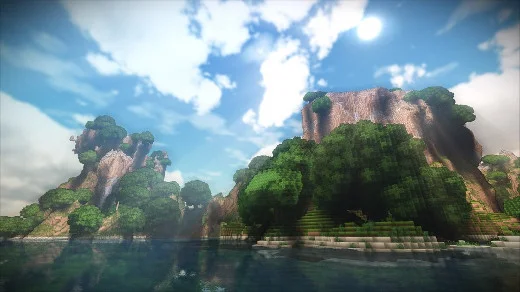
Terasology screenshot, Terasology code repository, Apache 2.0.
Voxel.js
The odd one out in this list is Voxel.js; unlike the others, it's not a game at all and doesn't claim to be. Instead, Voxel.js is a JavaScript library enabling you to build your own Minecraft-style games, renderings, or other interactive widgets in JavaScript and HTML, enabling easy embedding on any webpage with no special plugins needed for any browser that supports WebGL.
Voxel.js is put together as a number of related projects, meaning you can use as much or as little of the code as you wish when you craft your perfect game. The main library, voxel-engine, is a fairly basic engine for rendering boxy scenes, but there are over 200 additional add-onsavailable. Check out the gallery for some ideas of what others have built with the engine. The main engine is released under a BSD-style license; other add-ons may be licensed differently, so it's worth checking before you make assumptions.
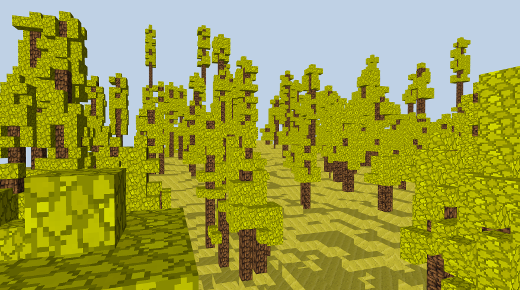
Screenshot of voxel-forest using Voxel.js, Jason Baker.
TrueCraft
TrueCraft is written to be very close to the original game. It is described as a Minecraft "implementation," as opposed to a clone, and is compatible with official Minecraft server releases. The author of TrueCraft seeks to implement beta version 1.7.3 of the original game, a time in Minecraft's development he deems "nearly perfect." A snapshot intentionally frozen in time, TrueCraft seeks feature-parity with Minecraft.
Because it is so close to the original, TrueCraft has taken great pains to avoid copyright issues by allowing code only from developers who have not decompiled or otherwise had access to the original game's source code, though those who have are welcome to contribute in other ways. TrueCraft is written in C# and is open source under an MIT license.
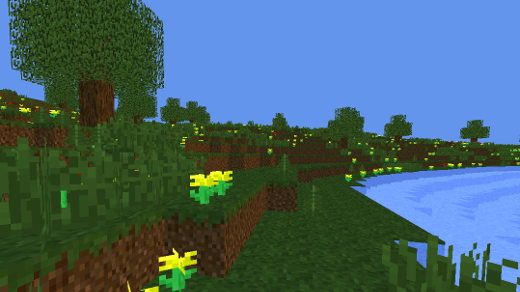
TrueCraft screenshot, TrueCraft code repository, MIT license.
Craft
Craft is another open source voxel engine in the style of Minecraft. Development seems to have slowed or stopped, but there are over 200 forks, many (such as the school project not2bad-craft) with major improvements. Craft's simplicity may appeal to you if you're interested in building a game similar to Minecraft but aren't sure where to start: the game engine resides in just a few thousand lines of C code and uses OpenGL for rendering. It uses simple algorithms for terrain generation and other tasks, and everything is stored in an SQLite3 database. There's also a Python-based multiplayer server which is worth giving a try.
Craft is made available under an MIT license.
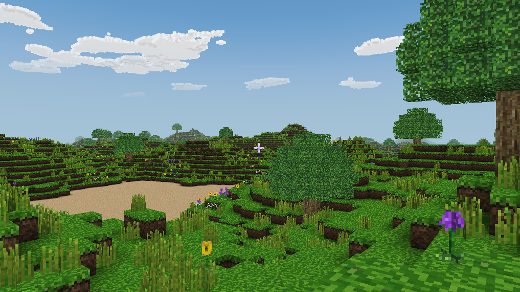
Craft screenshot, Craft code repository, MIT license.
Other great options
Some other notable mentions you should try:
- Freeminer is another sandbox game inspired by Minecraft and based on Minetest. As a fork, the authors seek to "make the game fun while trading off some bits of perfectionism." It has installers for Linux, Windows, and Android.
- ClassiCube is a Minecraft Classic clone written in C#. It is open source under the OpenTK license, and installs on Linux, BSD, Solaris, Windows, Mac OS, and in a browser.
And there you have it. This list is far from comprehensive; there are many other options out there just waiting for you to explore, and as time goes on we'll undoubtedly see more choices emerge as enthusiasts fork these games or strike out on their own. Which one is your favorite, and which one did we leave off that you wish we had covered?
This article was originally published in 2015. It has been updated to include additional suggestions made by readers in the comments, as well as to remove a few projects that are no longer available.

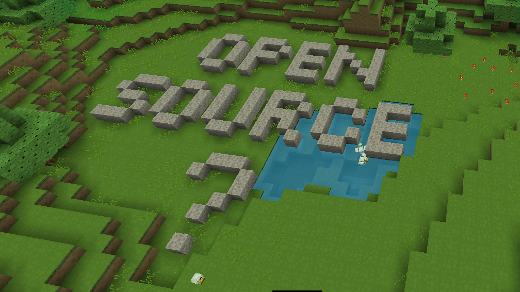




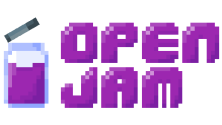

46 Comments